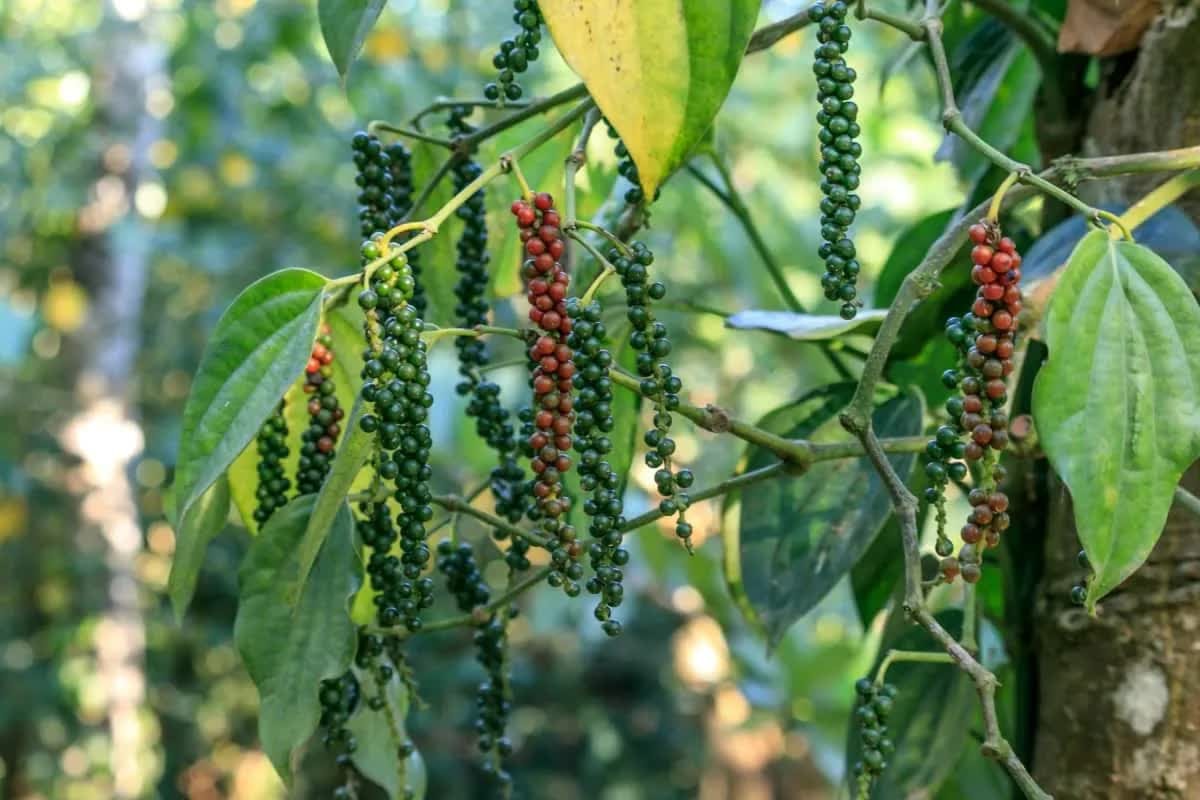By mid-September 2025, we travelled to the key pimento producing regions to assess recent developments regarding the new harvests.
Honduras
Our journey began in Honduras, where the crop size was normal, totalling approximately 1,000 metric tons. Honduran exporters began offering in July, and prices have gradually increased since then. The pimento here is sun-dried, which takes more time to prepare and ship. As a result, not all contracts have been shipped yet. Meanwhile, nearly all free available stock has been sold.
Guatemala
Shortly after Honduras, Guatemala also began offering pimento. Their total crop size is expected to be similar to that of Honduras this season. It’s important to note that most Guatemalan pimento is machine-dried using wood-fired heat. Only a small portion is sun-dried or dried using gas (indirect heating). Wood-dried pimento is not suitable for the European market due to elevated levels of anthraquinone and PAHs, which exceed EU-legislation. Consequently, most Guatemalan pimento is sold to alternative markets such as the Middle East, North Africa, and Russia. Following the trend in Honduras, prices in Guatemala have also risen over the past month. Mexico Currently, only machine-dried pimento is available, held by larger local traders and collectors. These traders, having profited from the cardamom trade, are financially strong and not in a rush to sell.
México
Finally, we visited Mexico to assess the situation on the ground. Initially, expectations were high for another strong crop. Last year, over 10,000 metric tons were exported, and a similar volume was anticipated this season. Exporters had already begun preparing infrastructure to handle this volume. However, despite promising early blooming, adverse weather in May and June severely impacted production. Heavy rains destroyed flowers and young pimento berries, drastically reducing the crop. In just a few weeks, the outlook changed, and the harvest is now expected to be 40–60% lower than last year. In some areas, losses exceed 80% (!).
Estimates vary, with some suggesting only 2,500 metric tons will be produced in total, while others are somewhat more optimistic. Based on multiple conversations, it is estimated that this year’s output is around 5,000 metric tons, with a possible carry-over of around 1,000 metric tons from last season.
As seen in recent years, farmers, collectors, and local traders now have greater financial resources and are able to hold onto stock until prices meet their expectations or they need quick cash.
Currently, around 2,000 Currently, around 2,000 metric tons is yet available with collectors and local traders, of which only 30% can still be sun-dried. The remainder has already been machine-dried.
Jamaica
As in previous seasons, Jamaica is once again facing severe drought and will therefore hardly produce any pimento for export. Their already limited production is not even sufficient to meet domestic consumption. In fact Jamaica has even had to import pimento from other producing countries in order to cover its own requirements.
Market Outlook
This sudden development has created significant uncertainty in the market, as many buyers have limited coverage. While buyers were hoping for lower prices, most exporters in origin delayed their offers until they had a clearer picture and first tried to secure raw materials themselves. This has led to a nervous and precarious market situation. Initial offers are now being presented, but prices are higher than last year, making buyers hesitant. However, given the outlook for the rest of the season, we recommend securing your annual requirements as soon as possible.
Last year, the market absorbed over 13,000 metric tons of pimento from all origins. If this season only yields to around 8,000 metric tons in total, we should prepare for a bullish and challenging pimento season.
Catz International B.V. tropical@catz.nl











